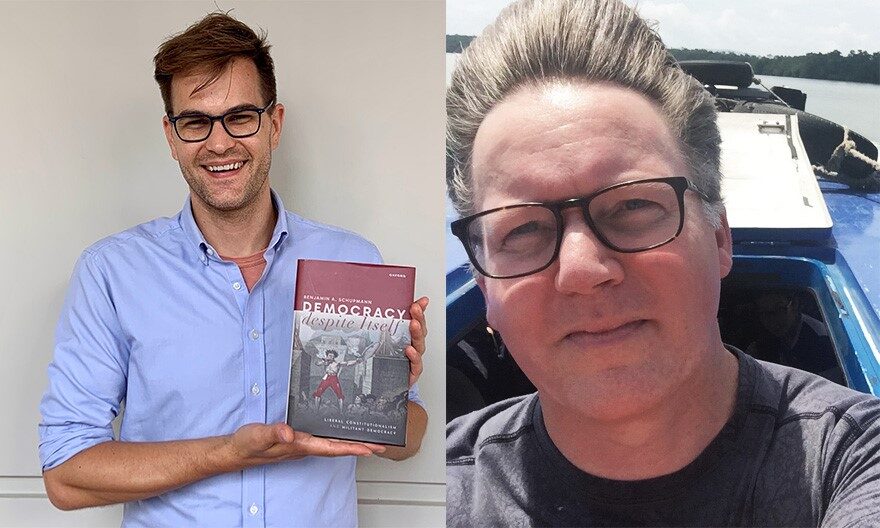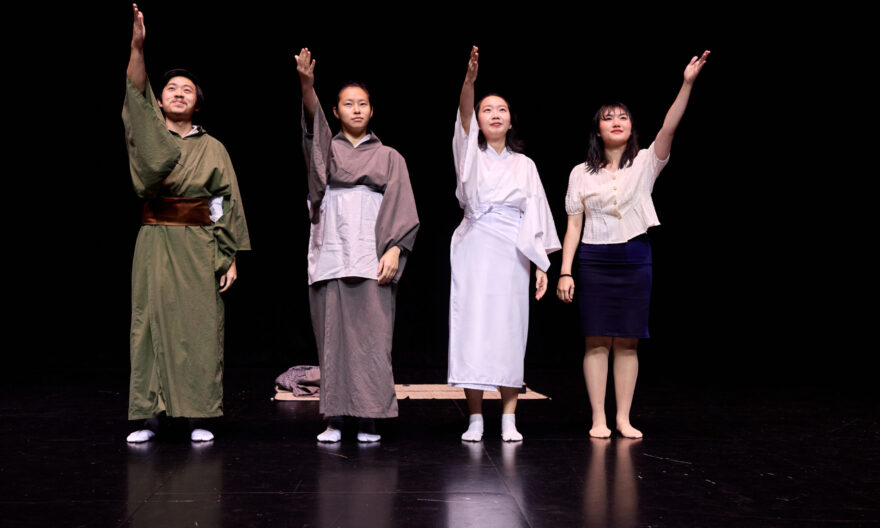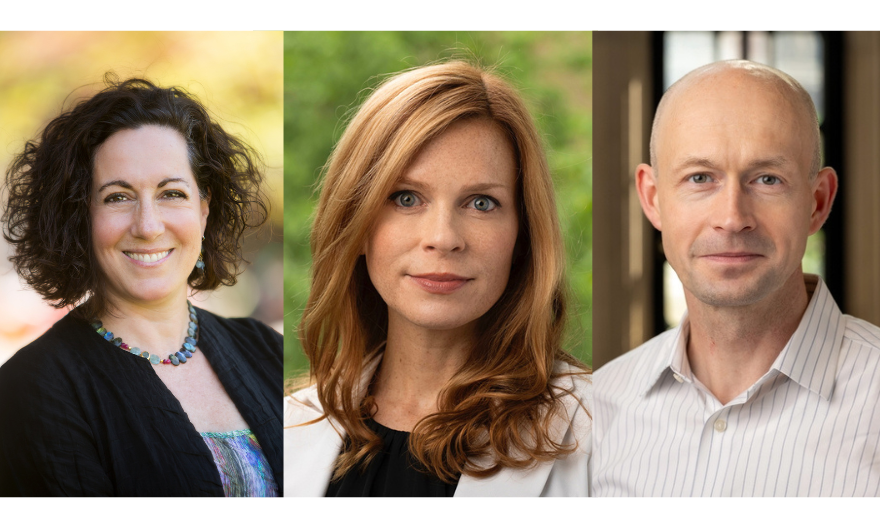Exploring history: Immersive learning experiences at Yale-NUS College
Two historical immersion courses provide students with wide-ranging perspectives
Historical Immersion (HI) courses are part of the Common Curriculum offered at Yale-NUS College, designed by faculty members to plunge students into a chosen time or event in history. Every Yale-NUS student has an opportunity to access historical sources, make their own interpretations, and ask, “How do we know what we know?”
This semester, two new courses were offered that whetted many students’ appetites: YHU3391 Black Consciousness and the Struggle Against Apartheid and YHU3254 From Edo to Modern City: Tokyo.
Taught by Visiting Yale Professor Daniel Magaziner, Black Consciousness and the Struggle Against Apartheid considers the most important anti-apartheid movement of the 1970s. Students were exposed to various types of sources ranging from published critiques to plays, in order to understand this transformative era in Black South African thought. Besides helping students build a working familiarity with the country and its history, Prof Magaziner hoped that his students, who came from a plethora of backgrounds and academic majors, would come to think twice about what history teaches and why history is needed.
The course immerses students in three ways, with the first being in its structure. “After some initial scene setting that leapt across centuries, I wanted us to slow down, and very methodically move through the sources, subjects and events that defined this era. We spent most of the semester considering a handful of actors across no more than ten years,” shared Prof Magaziner.
The second way that students were immersed was through the course’s focus on universities and education. Students of this course read the same source material as the students who led the Black Consciousness movement, coming as close as possible to the experiences that activists had in the 1970s. Mira Dewan (Class of 2024) really appreciated this: “For me, the immersion came from reading a whole lot about ideas instead of just events. It was fun to try and think from the points-of-view of at that point in time.”
Finally, students practised being historians by developing an original project that showcased their own, unique approach to an aspect of the history considered in class.
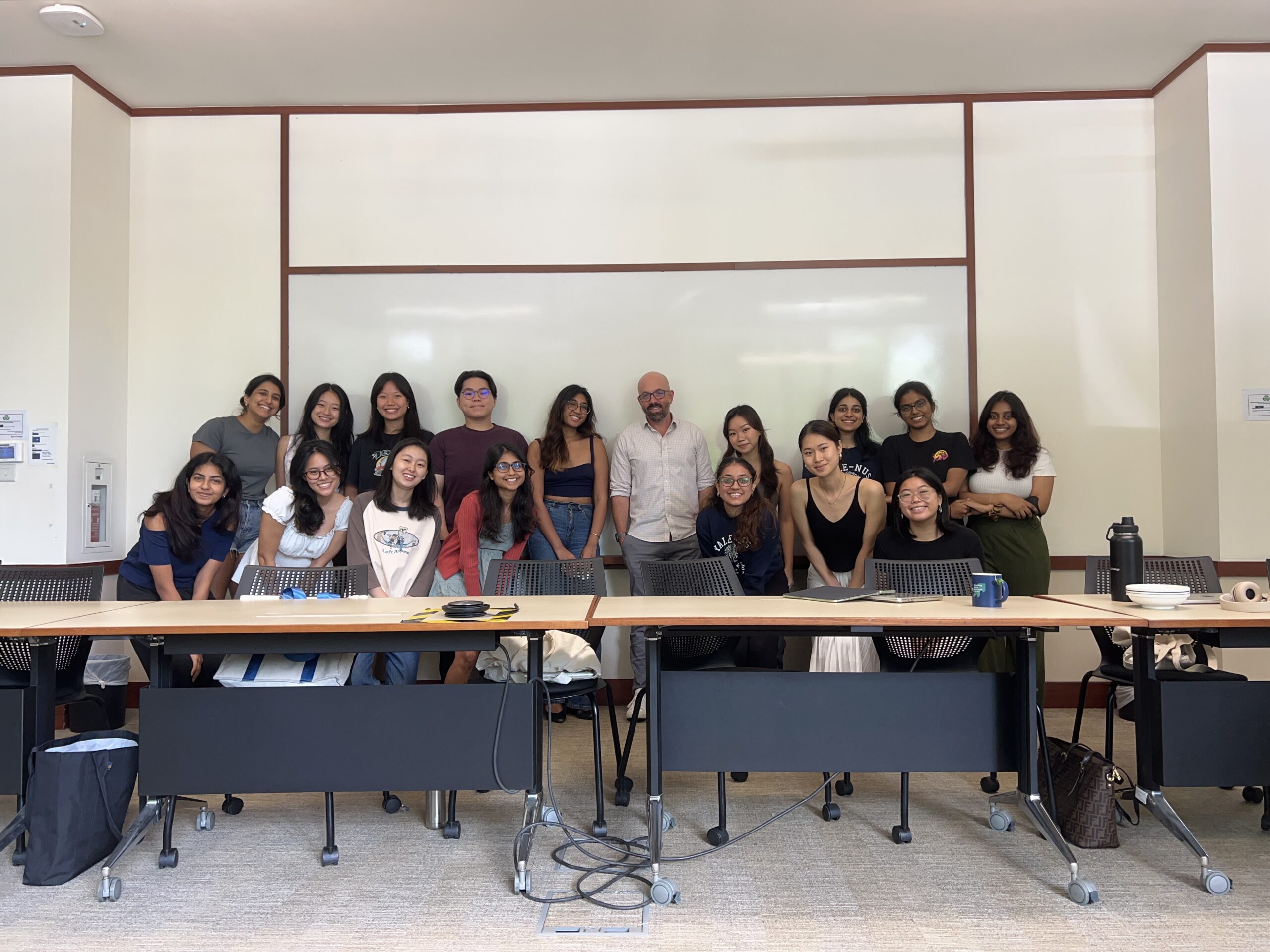 Class photo from Black Consciousness, with Prof Magaziner (middle, in white). Image provided by Mira Dewan.
Class photo from Black Consciousness, with Prof Magaziner (middle, in white). Image provided by Mira Dewan.
A memorable instance was when the class devoted time to analysing how Black Consciousness did and did not develop a sufficiently gendered critique of South African society. According to Prof Magaziner, scholars, activists and critics have written a lot about this, and it is difficult to parse and draw sufficient conclusions. The students were up to the task, however, and conversation bounced from person to person in the room. The class engaged with big meta-historical questions about relativism, judging people by the standards of their time versus the present, and about how to ethically and generatively approach the past. “I sat there for a while to take it all in, then felt compelled to point out that for a group of people who claimed not to like history, they were damn good historians,” said Prof Magaziner.
From Edo to Modern City: Tokyo by Yale-NUS Associate Professor of Humanities (Art History) Nozomi Naoi uses a more visual approach to examine history as a kind of narrative. Designed to also fulfil requirements for the Arts and Humanities as well as Urban Studies major, the course investigates the historical transition of pre-modern Edo to the modern global city of Tokyo.
Assoc Prof Naoi hoped that students would think deeply about the role of history for us today, exploring who gets to tell the story of history and for whom. To achieve this goal, the class dived into close readings and analysis of diverse visual materials, historical artifacts, paintings, literature, and film from the later Edo period (1800s) to the modern era. Some examples included visual representations of courtesans, kabuki actors, and sumo wrestlers in woodblock prints called “floating world pictures” (ukiyo-e), popular novels and travel guides, the new fast-food cultures of sushi and noodles, and socio-political and historical accounts.
Students were trained to parse out the kind of information that could be gleaned from these materials, and attempted to piece together the story of that particular time and its people, from multiple perspectives. “One especially memorable image we looked at was the portrait of the Meiji Emperor. It was fascinating to me how much we could infer about the Japanese society’s ideals of modernity using one simple image,” shared Christine Choo (Class of 2025) who came into the course unfamiliar with Japanese history but left enamoured with it.
A unique feature of From Edo to Modern City: Tokyo was the personal documentation that each student had to consistently practise. Students were instructed to keep a sketchbook throughout the course, which was slowly filled up each lesson. This allowed them to witness how their own thoughts on the subject developed over the semester.
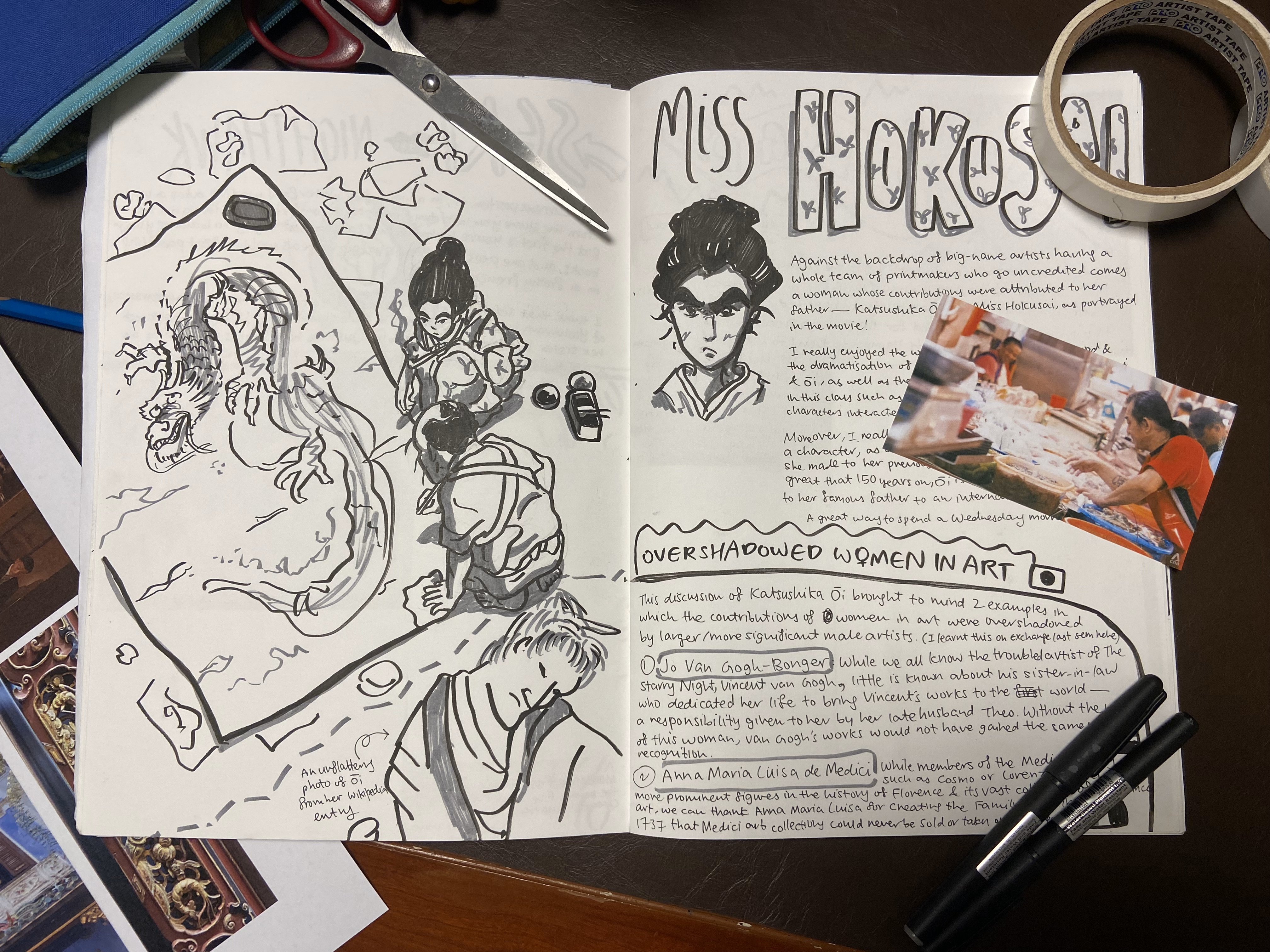 A spread in Jae Mak’s (Class of 2025) sketchbook. Image provided by Jae Mak.
A spread in Jae Mak’s (Class of 2025) sketchbook. Image provided by Jae Mak.
Beyond diving into Japanese culture and history, Assoc Prof Naoi also wanted her students to experience applying their learning in the local Singaporean context. The class embarked on a field trip to the National University of Singapore (NUS) Baba House where they practiced asking thoughtful questions and deriving working hypotheses about one particular story in the larger Singaporean history. “How do the objects here tell a certain narrative? How is the space arranged in a way to tell that narrative?” Assoc Prof Naoi recalled some questions that students had posed, and added, “Our field trip was an amazing experience! It was such an incredible space to enter and learn!”
In these courses, students got the chance to actively engage with pivotal stories of the past and emerged with an appreciation of how history has impacted the present. Led by dedicated professors, these courses offered students a unique journey of discovery, shaping their intellectual pursuits and personal growth far beyond the classroom walls.

